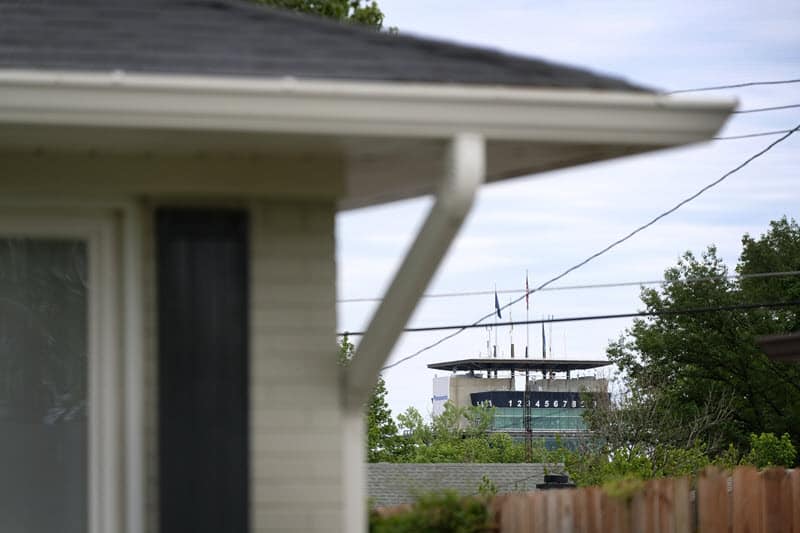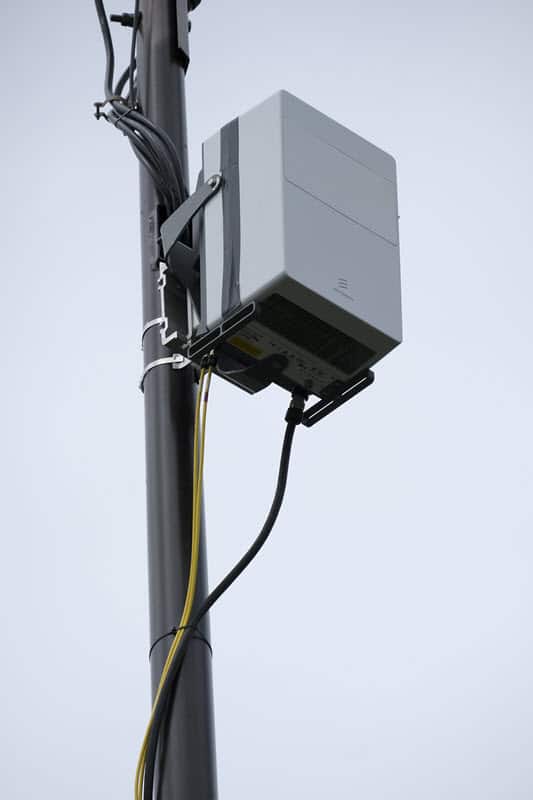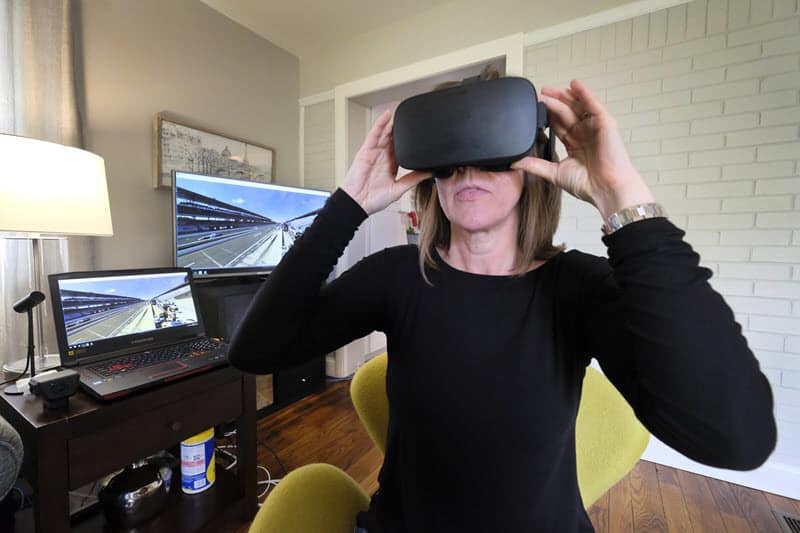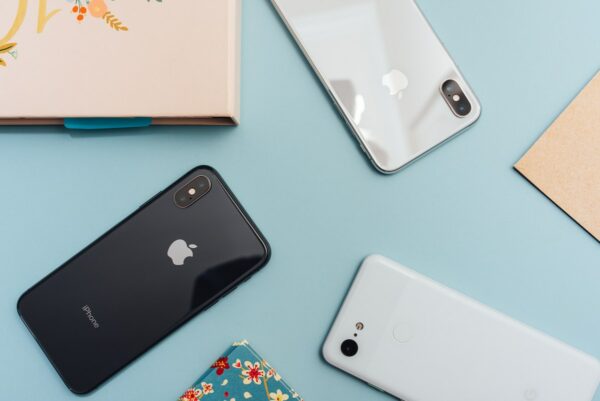I Saw Into the 5G Future… And It Was Good

Which is better when it comes to data speeds on your smartphone—3G or 4G? You probably know (or guessed) that the answer is 4G just because four is a larger number than three. Good guess by the way. You might also logically conclude that the next jump in data speed will come from 5G. You’d be right again.
I was fortunate enough a few weeks ago to get a private invitation into a model “smart home of the future” in its somewhat secretive (and temporary) location near the Indianapolis Motor Speedway. I’m not gonna lie. I kind of felt like I was at that Disney exhibit back in the 50s when it showed a future with color televisions and automatic washing machines.
Except this exhibit wasn’t showing the future from a 20th century viewpoint. This was a 21st century viewpoint. Every device in this home was connected by a wireless 5G connection powered by a bunch of technical equipment (that’s as fancy as I am going to refer to it) mounted to a utility pole on a street corner a few houses down. It looks something like this:

One 5G connection for everything
Mind you this 5G connection wasn’t just for the smartphones and tablets inside the house. It was the go-to Internet connection for everything, including a 4K television, an Xbox One, a smart doorbell, smart light switches and more.
The reason this is possible is because 5G speeds will be able to eclipse the one gigabit per second (1 Gbps) mark. For “kind of” technical people, this is roughly equivalent to 1,000 megabits per second (1,000 Mbps). For noobies, let’s just say this is really, really, really fast. Like waaayyyyyy faster than your existing home Internet connection.
Other cool things I got to do and see
Besides getting a demo of these new blazing fast 5G wireless speeds, Verizon had a few other treats in mind. Like a virtual reality (VR) demo where I donned a VR headset inside the house and was virtually transported to the Indy 500 track. It was as if I was standing just a couple feet right off the track (something I don’t recommend doing in person by the way). This obviously isn’t me in the photo below but I didn’t exactly want to try to take a selfie while wearing a VR headset!

Speaking of the Indy 500 track, one of the tests the engineers behind 5G demonstrated was covering up the windows in a race completely such that the driver couldn’t see a thing outside from inside the car. A camera mounted on the hood of the car relayed images in real time to the testers and then back to a video screen inside the car. Of course, this was all done over a 5G connection.
The idea here was to show that there is little to no latency with a 5G connection. In other words, there was no delay between the camera on the hood of the car capturing the image and the driver seeing it on his video screen inside the car. To drive this point home (yes, pun intended), the driver then raced around the Indy 500 race track with his only visual being the video screen in his car relaying what the road ahead looked like. I’m all about technology, but I’m pretty sure if I was riding along in this car, I would have required a change of underwear after the ride was over.
When can we expect to see 5G?
My only slight disappointment in the 5G experience was when I discovered that 5G won’t be ready for consumer prime time until 2018. There is still a lot of testing to be done and agreements to be made with local utility companies before we will start seeing 5G mini towers popping up in our neighborhoods.








